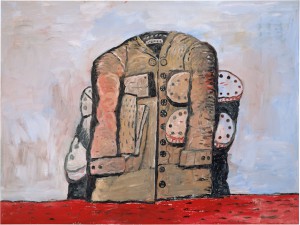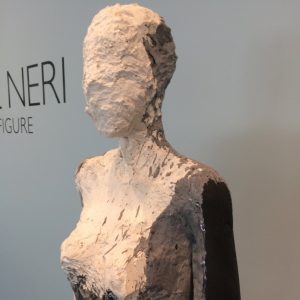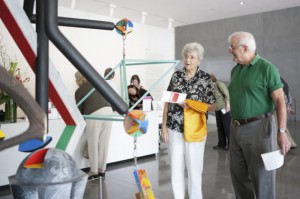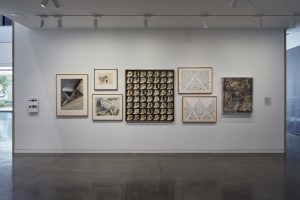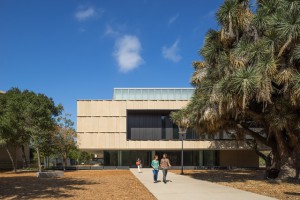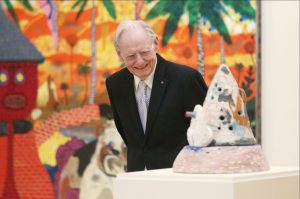Harry ‘Hunk’ Anderson, modern art collector and philanthropist, dies at 95
…worth hundreds of millions of dollars. Harry W. Anderson was born Oct. 5, 1922, in Corning, N.Y., and raised in the small town in the state’s Southern Tier, south of the Finger Lakes region. His father was from Sweden and his mother from Norway. During World War II, he served in the Army on a crew that built a pipeline from India to Burma. He came home in 1946 with an Army-issue haircut and used the GI Bill to enroll at Hobart College in New Yor…








